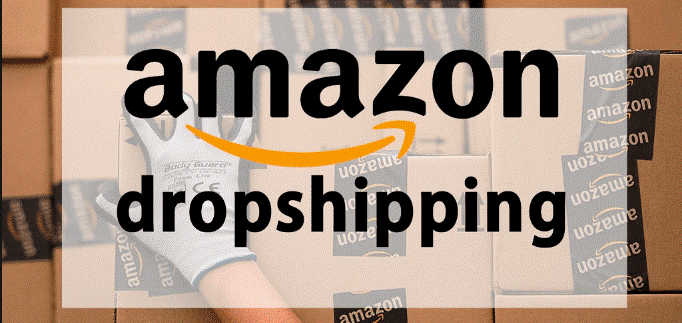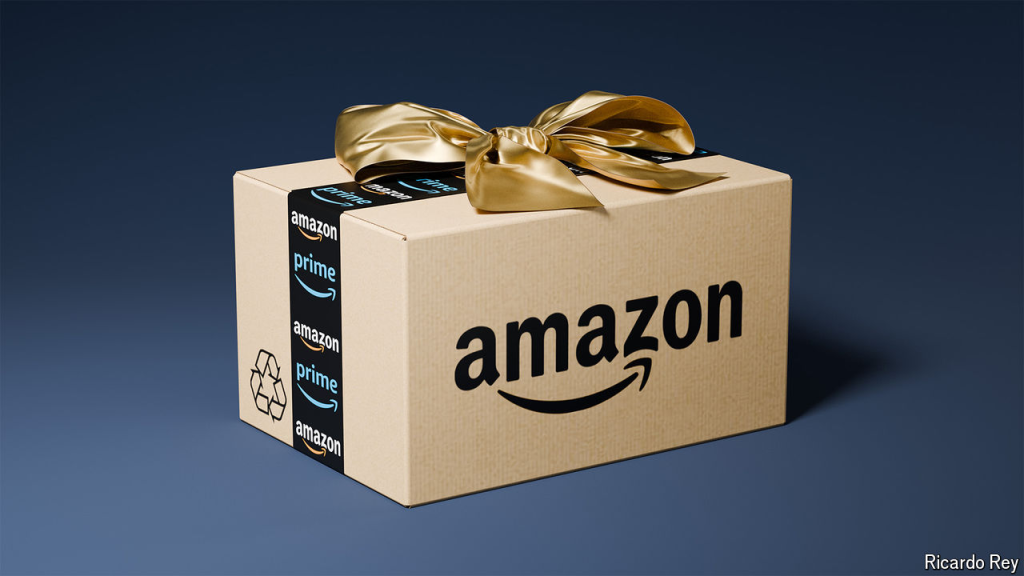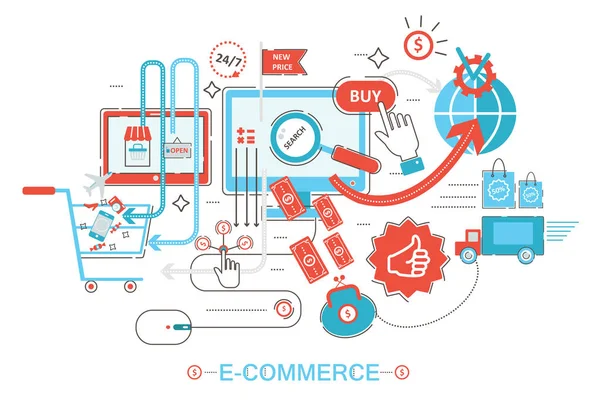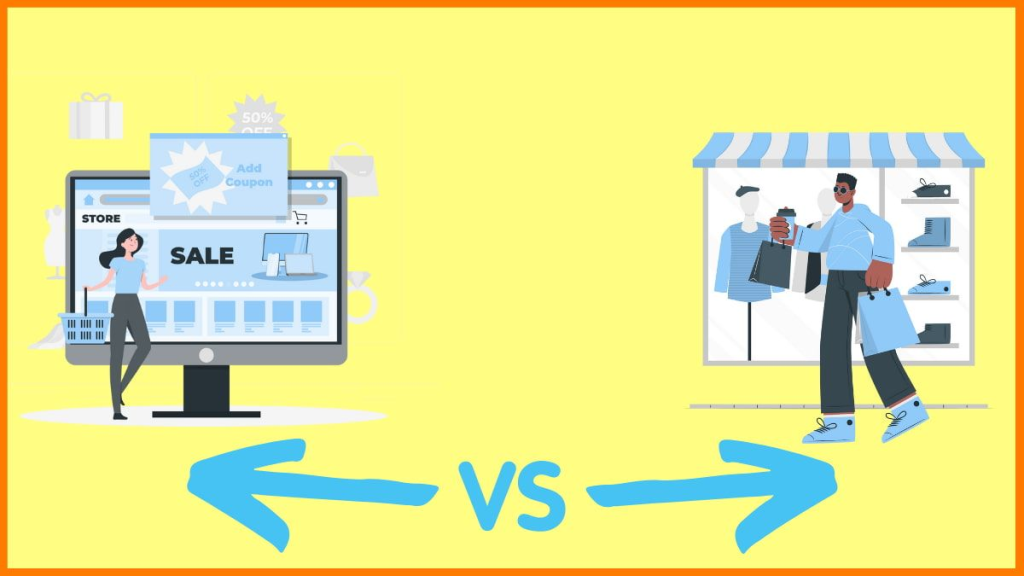
Amazon is one of the largest e-commerce platforms globally, making it an attractive option for entrepreneurs looking to start a dropshipping business. Dropshipping on Amazon allows you to sell products without holding inventory, making it a low-risk business model with the potential for high rewards. However, there are specific steps and strategies you need to follow to succeed. In this guide, we’ll walk you through everything you need to know about how to do Amazon dropshipping, from setting up your account to finding suppliers and managing your store.
Table of Contents:
- Understanding Amazon Dropshipping
- Setting Up Your Amazon Seller Account
- Finding Profitable Products to Dropship
- Sourcing Suppliers for Amazon Dropshipping
- Listing Products on Amazon
- Fulfilling Orders
- Marketing and Promoting Your Amazon Store
- Managing Customer Service
- Complying with Amazon’s Policies
- Understanding Amazon Dropshipping
Dropshipping on Amazon involves listing products for sale on the Amazon marketplace, purchasing them from a third-party supplier, and having the supplier ship them directly to the customer. Unlike traditional retail, you don’t need to invest in inventory upfront, which reduces your financial risk. However, Amazon has strict rules and guidelines that you must follow to avoid getting your account suspended.
2. Setting Up Your Amazon Seller Account
To start dropshipping on Amazon, you first need to create a seller account. Here’s how to do it:
i) Choose Your Selling Plan: Amazon offers two types of selling plans: Individual and Professional. The Individual plan charges a fee per item sold, while the Professional plan has a monthly subscription fee but offers more features. If you plan to sell more than 40 items a month, the Professional plan is more cost-effective.
ii) Register Your Account: Sign up for an Amazon Seller account on the Amazon Seller Central website. You’ll need to provide personal information, business details, and bank account information.
iii) Set Up Your Seller Profile: Complete your seller profile by adding your business name, logo, and description. This helps build trust with potential customers.
3. Finding Profitable Products to Dropship
Finding the right products to sell is crucial to your success in Amazon dropshipping. Here are some tips to help you choose profitable products:
i) Market Research: Use Amazon’s Best Sellers, Movers & Shakers, and Hot New Releases lists to identify trending products. Look for products with high demand but low competition.
ii) Product Criteria: Choose products that are lightweight, have a reasonable profit margin, and are not restricted or require approval to sell on Amazon.
iii) Avoid Saturated Niches: Stay away from overly competitive niches, as it can be challenging to stand out and maintain profitability.
4. Sourcing Suppliers for Amazon Dropshipping
Once you’ve identified the products you want to sell, the next step is to find reliable suppliers. Here are some options:
i) AliExpress: Many dropshippers use AliExpress because of its vast product selection and low prices. However, shipping times can be long, so consider suppliers that offer faster shipping options.
ii) Wholesale Suppliers: Consider working with wholesalers who can provide products at a lower cost. Websites like Alibaba and SaleHoo can help you find reputable suppliers.
iii) Local Distributors: Partnering with local distributors can reduce shipping times and enhance customer satisfaction. This is particularly important if your target market is in a specific region.

5. Listing Products on Amazon
Once you have your products and suppliers lined up, it’s time to list your products on Amazon. Here’s how to do it effectively:
i) Create Product Listings: Go to Amazon Seller Central and create a new product listing. You’ll need to provide product details, including title, description, images, and pricing.
ii) Optimize Your Listings: Use relevant keywords in your product title and description to improve visibility in Amazon’s search results. High-quality images and clear, concise descriptions can increase your conversion rate.
iii) Set Competitive Prices: Research your competitors’ pricing and set your prices competitively. Remember to factor in Amazon’s fees and your supplier’s costs to ensure you’re making a profit.
6. Fulfilling Orders
When a customer places an order on Amazon, you’ll need to fulfill it by purchasing the product from your supplier and having it shipped directly to the customer. Here’s how to manage the fulfillment process:
i) Order Placement: As soon as you receive an order, place the corresponding order with your supplier. Make sure to enter the customer’s shipping details correctly.
ii) Shipping Confirmation: Once your supplier ships the product, update the order status on Amazon and provide the customer with tracking information.
iii) Handling Returns: Have a clear policy in place for returns and refunds. Amazon requires that you handle customer service issues, so be prepared to manage returns efficiently.
7. Marketing and Promoting Your Amazon Store
While Amazon’s marketplace has a vast audience, you still need to market your products to drive traffic and increase sales. Here are some strategies:
i) Amazon Sponsored Products: Use Amazon’s advertising platform to promote your listings. Sponsored Products ads appear in search results and can help you reach a broader audience.
ii) Social Media Marketing: Leverage social media platforms like Facebook, Instagram, and Pinterest to promote your Amazon products. Share links to your product listings and engage with your audience to build brand awareness.
iii) SEO Optimization: Optimize your product listings for search engines by using relevant keywords and following Amazon’s best practices for SEO. This can help your products rank higher in Amazon’s search results.
8. Managing Customer Service
Providing excellent customer service is key to maintaining a positive seller rating on Amazon, which in turn affects your visibility and sales.
i) Respond Promptly: Amazon requires sellers to respond to customer inquiries within 24 hours. Make sure you’re available to address any questions or concerns.
ii) Monitor Feedback: Regularly check customer reviews and feedback on your products. Positive reviews can boost your sales, while negative feedback should be addressed promptly to prevent future issues.
iii) Resolve Issues: Handle any customer complaints or issues with care. Offer refunds or replacements when necessary to keep your customers satisfied.
9. Complying with Amazon’s Policies
Amazon has strict policies for dropshipping, and failing to comply can result in account suspension. Here are some key points to remember:
i) Seller of Record: You must be the seller of record on all packaging, invoices, and communication with customers. Your supplier should not appear as the seller.
ii) Shipping Time: Ensure that your products are shipped within Amazon’s required time frame. Late shipments can lead to negative feedback and account penalties.
iii) Product Quality: Amazon holds sellers responsible for the quality of the products they sell. Work with reputable suppliers to avoid issues with counterfeit or defective products.
Dropshipping on Amazon is a lucrative business model that offers the potential for significant profits with minimal upfront investment. However, success requires careful planning, strategic product selection, and strict adherence to Amazon’s policies. By following the steps outlined in this guide, you can build a successful Amazon dropshipping business that meets the needs of a global customer base.
Start by setting up your Amazon seller account, sourcing reliable suppliers, and listing high-demand products. With consistent effort and a focus on customer satisfaction, you can turn your Amazon dropshipping business into a profitable venture.





